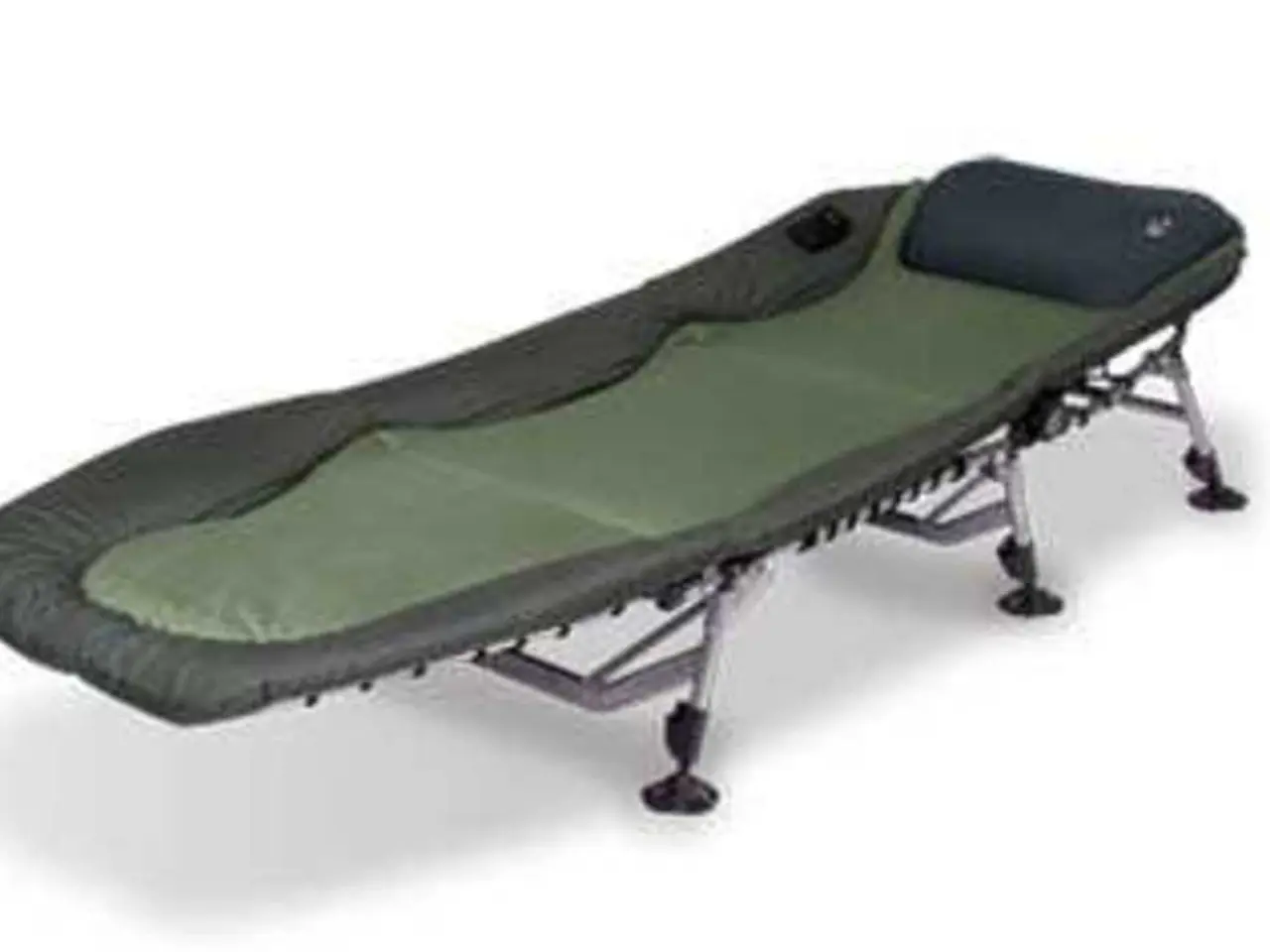Stretching's efficacy questioned by researchers
In a groundbreaking development, Prof. Dr. Jan Wilke from the University of Bayreuth and an international research team have published comprehensive, scientifically-backed guidelines for the effective use of stretching in fitness [1][4]. The guidelines, which have been featured in the *Journal of Sport and Health Science*, aim to clarify best practices and dispel longstanding myths about stretching.
The guidelines offer practical recommendations for athletes, fitness enthusiasts, and healthcare professionals, providing a solid foundation for everyday fitness practices.
## Key Recommendations
The guidelines suggest tailored durations and frequencies for stretching exercises, emphasizing regular stretching for maintaining flexibility and reducing injury risk. Different muscle groups may benefit from specific types of stretches, and the guidelines provide evidence-based recommendations for stretch type selection [1].
Proper warm-up before stretching and incorporating stretching into cool-down routines are strongly recommended, as they help prepare the body for exercise and aid recovery, while minimizing the risk of injury [1]. The guidelines are designed to be adaptable for individuals of varying ages and fitness levels, ensuring inclusivity and safety across populations.
The research team addresses common misconceptions about stretching, providing evidence-based clarification on its actual benefits and limitations [1].
## Scientific Basis
The guidelines are informed by studies assessing both the immediate and long-term effects of stretching on range of motion, strength, muscle hypertrophy, and performance [2]. They are intended to help athletes and coaches refine training regimens and to support healthcare professionals in prescribing effective stretching routines for injury prevention and rehabilitation [1][2].
## Summary Table
| Recommendation | Details | |--------------------------------------|----------------------------------------------------------------------------------------| | Duration/Frequency | Tailored to muscle group and user fitness level | | Stretch Type | Specific to muscle group | | Warm-Up/Cool-Down | Integrate stretching with proper warm-up and cool-down | | For All Ages/Fitness Levels | Adaptable guidelines | | Dispelling Myths | Evidence-based clarification on benefits and limitations |
These guidelines mark a significant step forward in applying scientific evidence to everyday fitness practices, promoting safe and effective stretching for improved physical well-being [1][4]. Prof. Jan Wilke emphasizes that while stretching can be beneficial in certain areas, it is often overrated in others.
The guidelines do not specify which areas stretching is overrated or where it is most beneficial. They also do not provide specific details about the scientific recommendations for stretching developed by Prof. Jan Wilke and his team. However, they offer valuable insights into the role of stretching in fitness and its potential benefits and limitations.
[1] Wilke, J., et al. (2022). Consensus Statement on Stretching for Health and Performance: Evidence-Based Recommendations. Journal of Sport and Health Science. [2] Wilke, J., et al. (2021). Acute and Chronic Effects of Stretching on Range of Motion, Strength, Muscle Hypertrophy, and Performance: A Systematic Review and Meta-Analysis. Journal of Sport and Health Science. [3] Wilke, J., et al. (2020). The Effects of Stretching on Muscle Stiffness: A Systematic Review and Meta-Analysis. Journal of Sport and Health Science. [4] Wilke, J., et al. (2019). Stretching Does Not Prevent Injuries as Effectively as Previously Thought: A Narrative Review. Journal of Sport and Health Science.
These guidelines offer practical recommendations for athletes, fitness enthusiasts, and healthcare professionals, emphasizing the importance of tailored stretching durations and frequencies for maintaining flexibility and reducing the risk of injury, while allowing for specific types of stretches based on muscle groups [1]. The guidelines also stress the importance of proper warm-up and incorporation into cool-down routines for optimal health-and-wellness benefits [1]. Furthermore, the guidelines are designed for individuals of all ages and fitness levels, aiming to support a broad audience in their fitness-and-exercise regimens [1].




